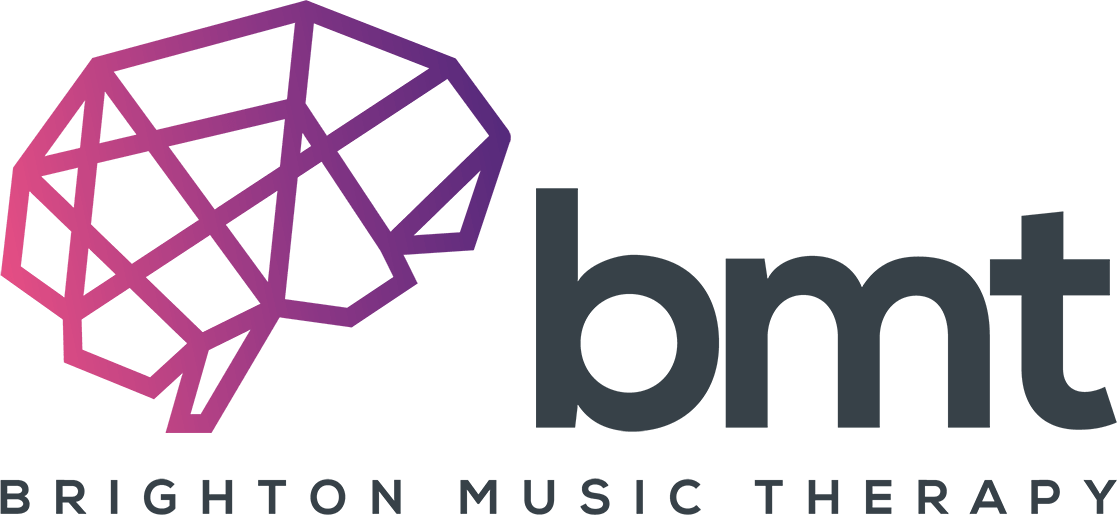Music and Stroke
UK government statistics show that one in six people will have a stroke in their lifetime, and it is the leading cause of death and disability in the UK. Stroke can cause many complex disabilities, including physical disability, communication problems, tiredness and fatigue, and changes in behaviour.
Neurologic Music Therapy is commonly used in the rehabilitation of survivors of stroke. Whereas physical, cognitive and communicative functions are associated with specific areas of the brain, music, in contrast, has the power to activate all of these compartmentalised regions, in order to facilitate connections between them. It is for this reason that musical interventions can be used to achieve specific goals in speech and language, cognitive functioning and motor skills.
Communication Problems
Around one third of stroke survivors have difficulties with speaking, reading, writing, and understanding what people say to them. When we communicate our brain has to complete a series of tasks, and if part of the brain is damaged as a result of stroke, communication is compromised.
Aphasia is a common result of stroke. It impairs language and affects the production and comprehension of speech, as well as the ability to read or write. Dysarthria and Apraxia, also results of stroke, involve the inability to control or use facial muscles, including the mouth or throat, making speech and speech comprehension difficult.
Neurologic Music Therapy uses eight speech and language techniques that are designed to help patients regain speech and voice control, improve intelligibility of speech and reduce stuttering.
Neurologic Music Therapy and Broca’s Aphasia
Broca’s Aphasia (or Expressive Aphasia) is a common side effect of stroke, where speech output is severely reduced and limited to short utterances of up to four words. Vocabulary is often limited and the formation of sounds is often very difficult. The most common technique used with patients with Broca’s Aphasia is Melodic Intonation Therapy (MIT). MIT uses the musical elements of speech (melody and rhythm) to improve expressive language by using the patient’s unimpaired ability to sing, and engage language-capable regions in the undamaged right side of the brain. This means that the patient will eventually be able to sing, and then say functional phrases, such as “My name is…” or “I am hungry…” etc.
There are six steps involved in MIT:
- Hum a melody of a phrase while tapping patient’s left hand, to activate the right hemisphere of the brain, where music and rhythm is processed
- Sing the phrase while tapping the patient’s left hand
- Have the client join in singing the chosen phrase over and over
- Fade out the therapist
- Therapist sings alone then client echoes
- Have client recall the phrase when prompted
Physical Problems
A healthy brain is able to send signals to muscles through nerves to make them move. If the brain is injured through stroke, these signals are often unable to get to where they need to go. Stroke can therefore leave many patients with mobility issues and difficulty in balancing, leading to falls and accidents. Other common stroke issues may be:
- Drop Foot – When toes catch on the ground as the person tries to walk due to muscle weakness.
- Stamina – Stroke survivors may not be able to move for long periods of time due to fatigue.
- Spasticity – Muscle stiffness and tightness is a common occurrence, causing issues when trying to move parts of the body.

Neurologic Music Therapy can provide improved outcomes for movement, including gait training and fine and gross motor movements in upper and lower limbs. Research has shown that audio-motor pathways exist in the region of the brain that is responsible for movement. The auditory and motor systems can join together to drive movement patterns. This is known as entrainment. Entraining to an external auditory cue, such as music or a metronome beat, whilst walking has shown to improve walking speed and lower the risk of falls. Finger dexterity, functional hand movement and range and control of motion in upper limbs can also be improved through sensorimotor rehabilitation.


